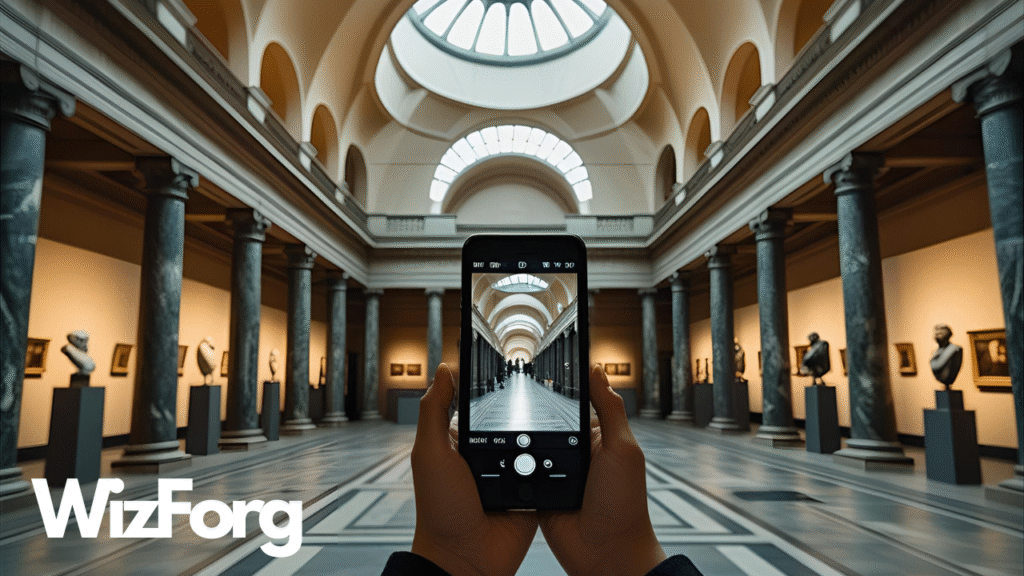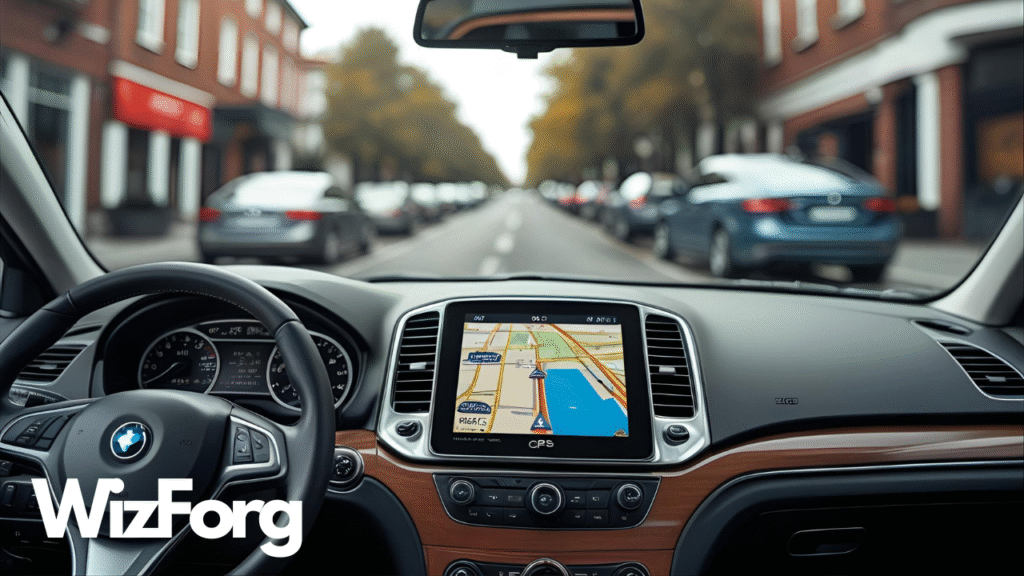Some rules seem outdated—like the one that tells you to put away your phone the moment you step into a museum. But there’s more behind those “No Photography” signs than just curmudgeonly tradition. Whether it’s the Louvre, the Uffizi Gallery, or a private art collection, museums around the world still restrict photography.
So, what are they protecting?
Preserving the Art Itself
Let’s start with the science. Flash photography emits intense bursts of light that, over time, can damage delicate works of art—especially older paintings, textiles, and manuscripts. Even though most modern phones use LED lights instead of flash, many museums ban all photography as a precaution.
Overexposure to light causes pigments to fade, paper to yellow, and canvas to weaken. Some artifacts are so sensitive they’re kept in dimly lit rooms. For curators, it’s a matter of long-term preservation over short-term selfies.
Intellectual Property and Copyrights
Even if the art is ancient, the photo rights might not be. Some artworks—especially contemporary ones—are still under copyright protection. That means museums can’t legally allow you to snap and share them online.
In some cases, the museum doesn’t even own the work—it’s on loan. The lender may have strict rules about whether photos are allowed at all. Even famous works in public museums can come with image restrictions due to licensing agreements or private ownership clauses.
Crowd Control and Traffic Flow
Ever seen someone back into a priceless sculpture while angling for the perfect shot? Museum staff have. Photography causes bottlenecks. People stop, pose, adjust lighting, take multiple versions—and in crowded spaces, that creates chaos.
To keep foot traffic moving smoothly (especially in blockbuster exhibits), banning photos reduces congestion and improves the experience for everyone.
Respect and Atmosphere
Museums aren’t just public spaces—they’re cultural sanctuaries. Some curators argue that constant clicking, screen-gazing, and selfie-sticks disrupt the atmosphere and reduce thoughtful engagement with the exhibits.
In spiritual or memorial sites—like Holocaust museums or ancient temples—the rules are even stricter. There, photography bans are about respect, not regulation.
They Want You to Buy the Book
Let’s be honest: museums also make money from postcards, catalogs, and image licensing. If everyone can take high-quality images for free, that revenue stream dries up. While it’s not always the primary reason for bans, it plays a role—especially in smaller, privately funded museums.
Not All Museums Are Alike
It’s worth noting that many major museums—like the Metropolitan Museum of Art in New York—do allow non-flash photography for personal use. Others offer designated “photo-friendly” areas or days.
If you’re unsure, look for signage or ask a staff member. And when photography is allowed? Be courteous. Avoid flash, watch your space, and don’t block others’ view.
Final Thoughts
The “no photo” rule might feel restrictive in our always-online culture, but it’s rooted in preservation, safety, and sometimes just plain practicality. Museums are protectors of history, and sometimes that means drawing the line between your camera and their collections.
Want more behind-the-scenes culture rules explained?
Visit Wizforg.com for deep dives into hidden travel etiquette, global customs, and untold museum secrets. Don’t forget to subscribe to our YouTube channel for short, smart stories you’ll want to share.



